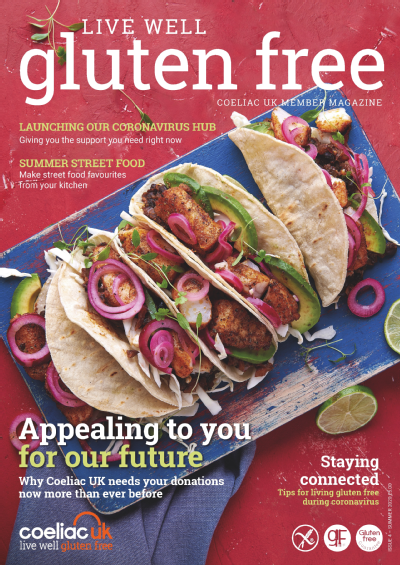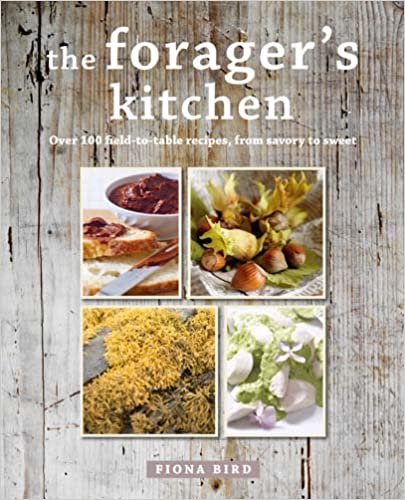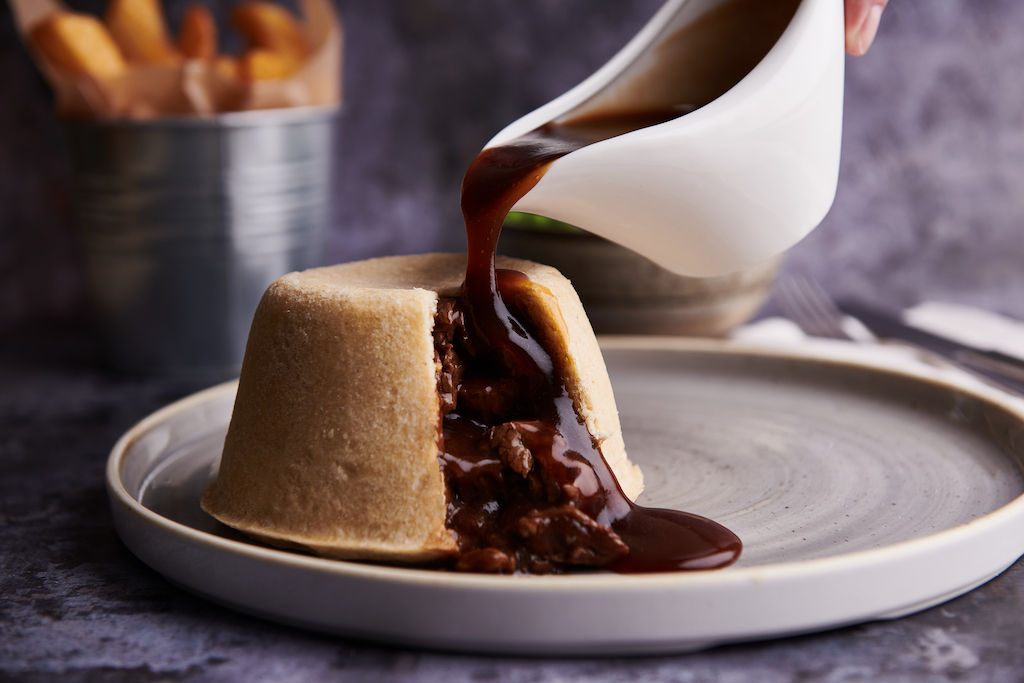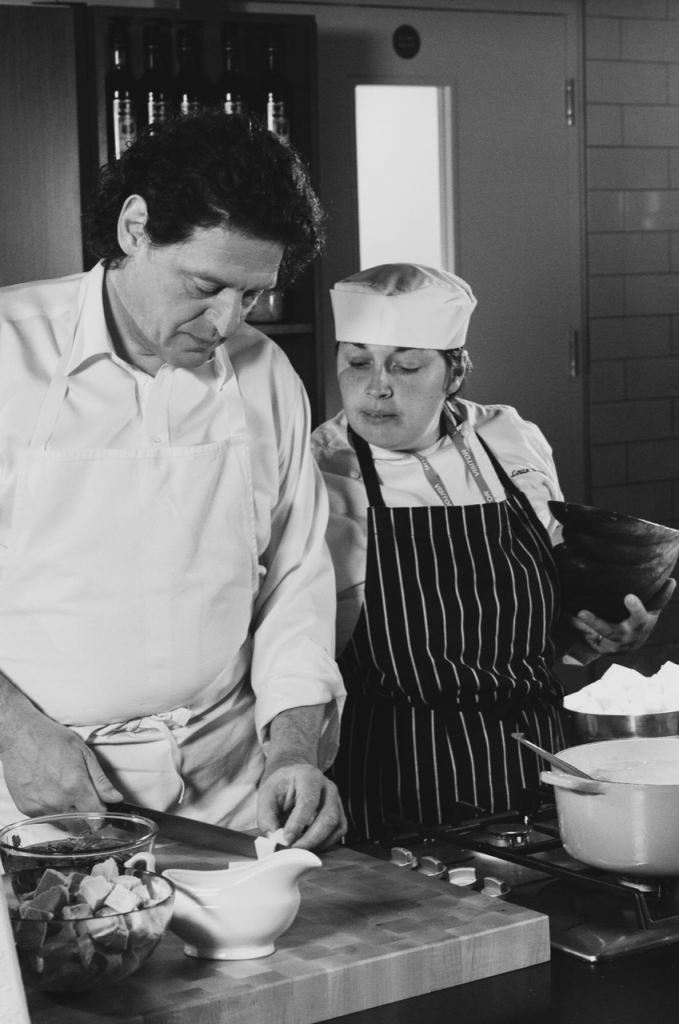Much of our work is with agency or media organisations, covering food preparation and styling to meet the specific demands of food photography or filming.
Sometimes these are product promotions for manufacturers, and sometimes it may be recipe photography for use online or in books and publications.
The arc of such projects – from defining the brief, to the technical aspects of the shoot, to postproduction and promotion, allows us to bring our skills and experience to bear, and to help our clients realise their vision for their products.
Books and publications
I’m a great fan of really good cookery books. A great cookery book should not only show recipes; it should be inspirational, educational, useful, and a joy to peruse.
We’ve enjoyed working on a number of really good, quirky, and unusual book projects, with more in the pipeline. Here are some examples of work we’ve done.



Photography

Good food photography can make a huge difference to the success of a product or recipe.
If it’s being used to sell your product, it’s about making your product come to life. It’s about the photograph really engaging and catching the attention of the customers that you want.
We’ve worked with lots of manufacturers, brands, agencies and photographers. More recently we’ve been involved in a project with James Kennedy Photography to produce guidelines and briefing material to help those looking to understand how to approach food photography and to answer some of the most frequently asked questions we hear.
One such question is “how many images can we shoot in a day?”, which is asked so often that we’ve produced a guideline piece here.
For those of you who want to see behind the scenes on a food shoot, we’ve made a short film to show just that.
We’re happy to share what we’ve learned. If you’re interested in our food photography services please get in touch.
Food styling
For me, this is probably the most enjoyable part of what we do at DBD, because your food is there forever in the image. Food styling is about making sure that the food that appears in the image of film is true to the product or the brand.
An example: Gravy is normally the final addition to a roast dinner. However, if you are doing a project for a gravy brand, you style the food presentation to look natural, but to also to make sure that the gravy is foremost in the images. So, you position everything else for the gravy to be the hero. That’s great food styling.

Film and online

Our film experience goes back over a decade, and includes six years of working with Marco Pierre White on filming recipes for Knorr. So, that’s the top end of film production with a crew of 10. Many people don’t have that kind of budget, and more recently technology advances mean that good films can be produced in-house with smaller budgets.
More people are getting into film and production now, and I think it’s a market that’s going to be growing, whether it’s a quick 30 second clip on how to make something top-down-shoot, or whether it’s longer, more educational or aspirational food films, film is definitely an area that we’ve been expanding and seen requested more.
I’m equally happy presenting to camera or working with others. This summer we’ve also been doing a lot more with Zoom, and films made on Zoom. We’ve been using Zoom to deliver our school support project, and also our online #CookWithLou series of fun cookery sessions.
To find out more about any of our media and agency services, please get in touch.